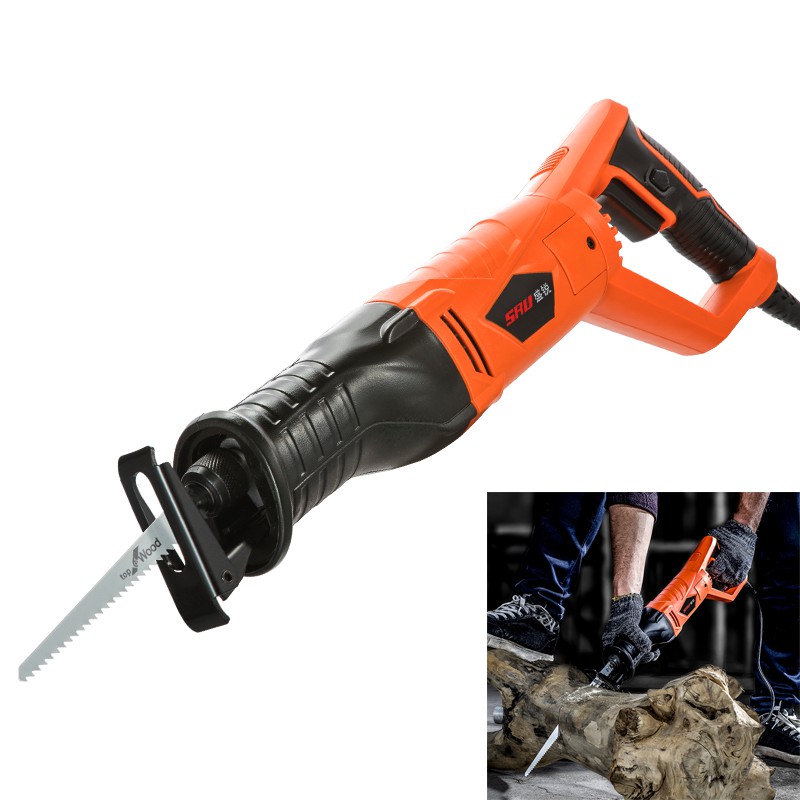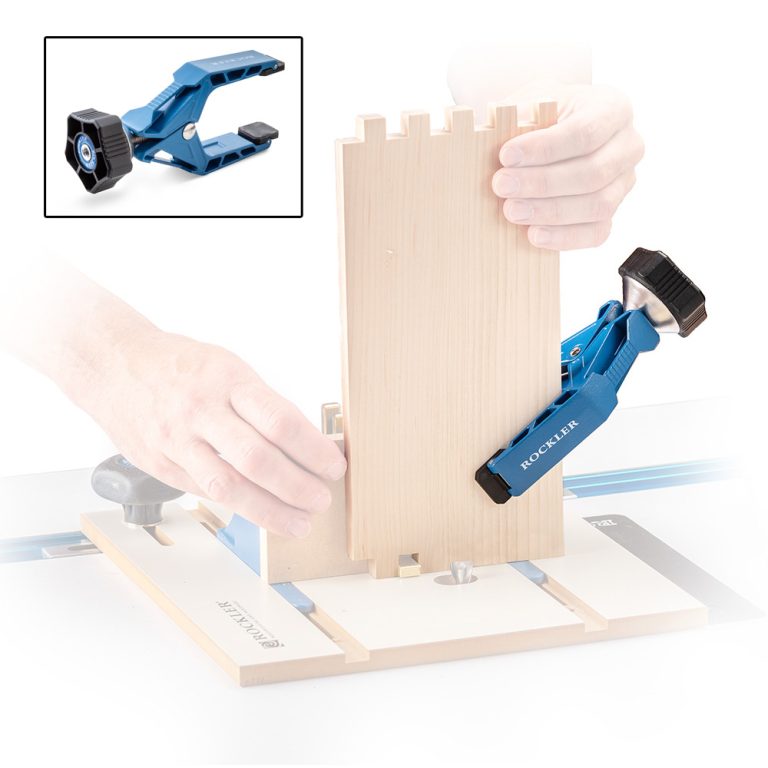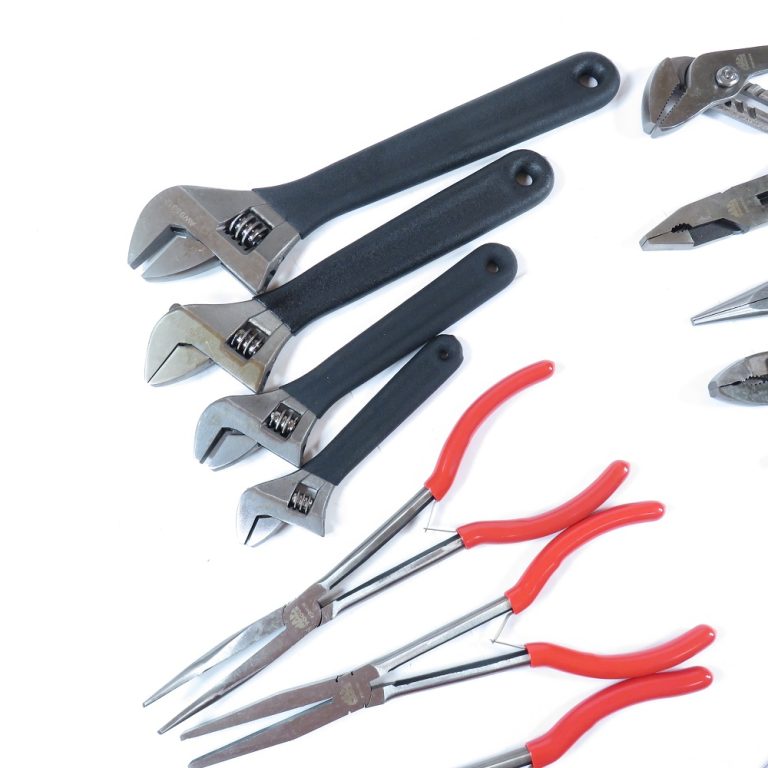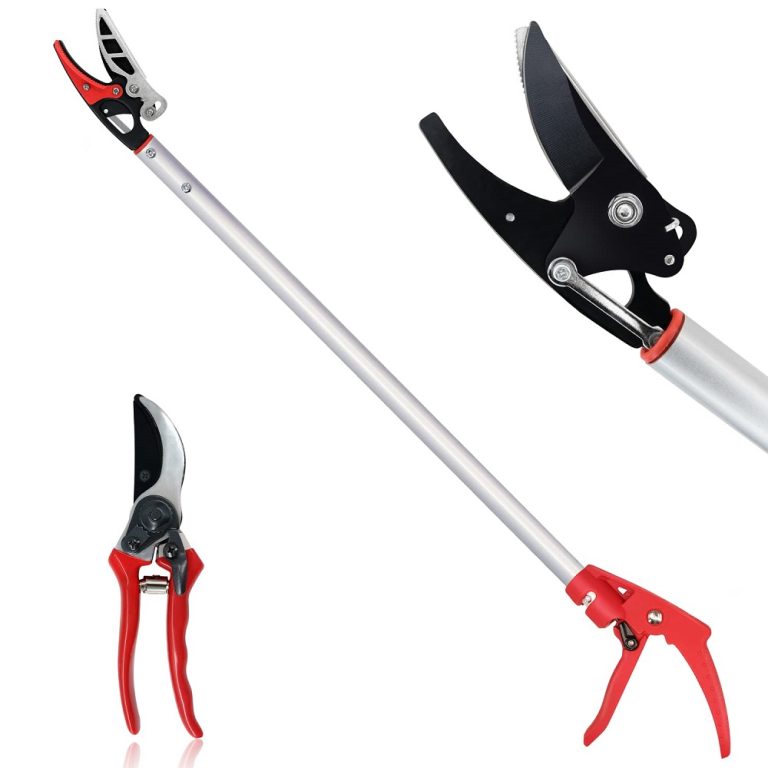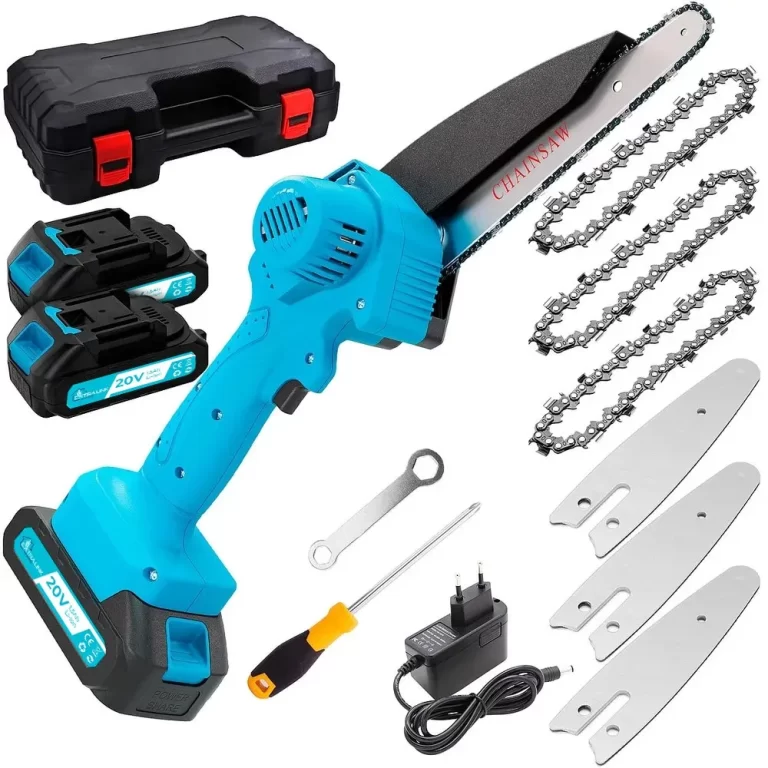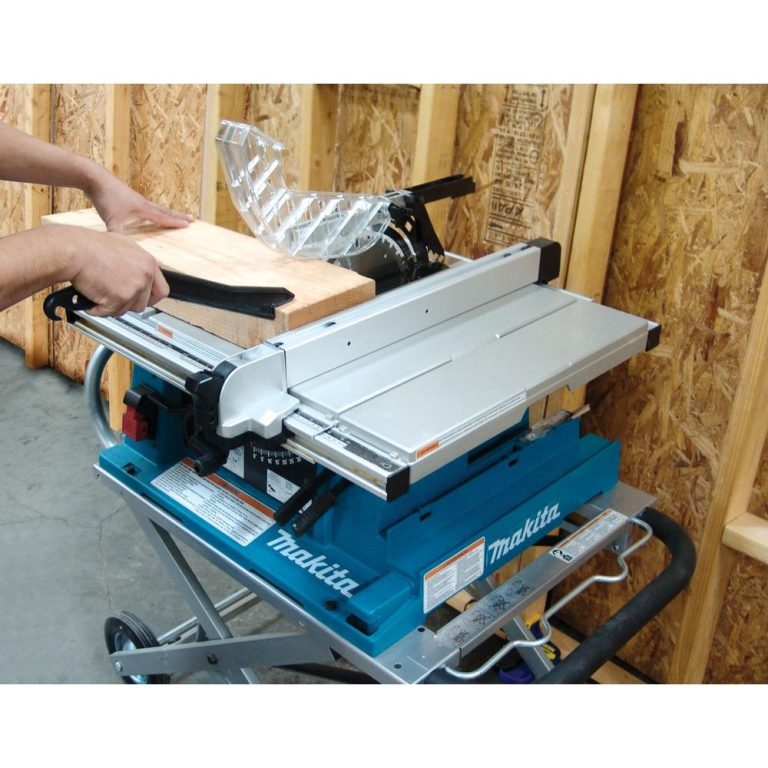Introduction to Different Types of Saws
Choosing the right saw for your project can be daunting, given the many kinds of saws available. Whether you’re a seasoned professional or a DIY enthusiast, understanding the features, functions, and uses of different saws is crucial. Saws come in two broad categories: hand saws and power saws. Each category contains various types suited for specific tasks. Hand saws are manual tools that are perfect for small jobs and precise cuts. Power saws, on the other hand, offer more strength and efficiency for larger projects. We will dive into the intricate world of saws, guide you through the choices, and help you make an informed decision. Knowing the kinds of saws, their applications, and limitations is the first step to mastering your woodworking or construction projects.
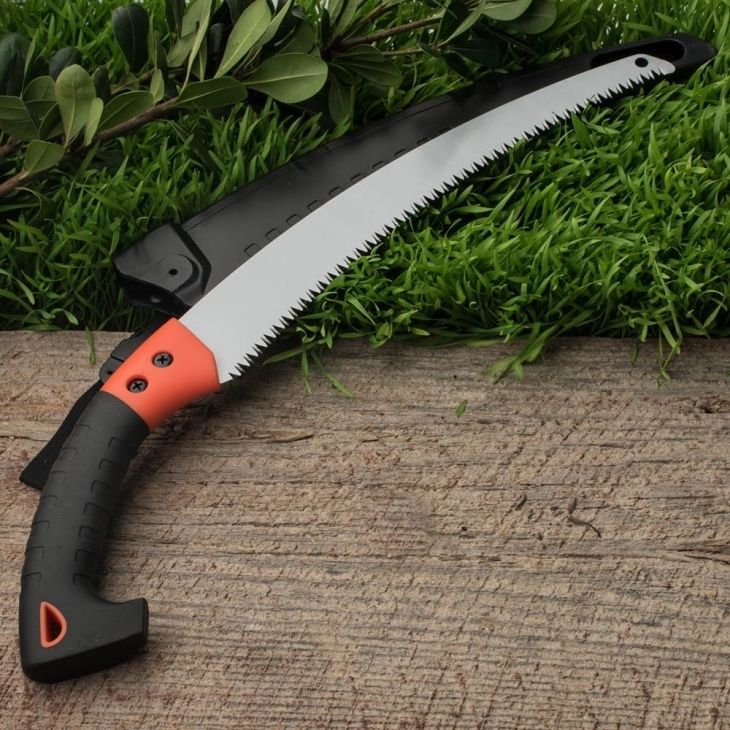
Hand Saws: Features and Uses
Hand saws stand as the classic option for cutting. They feature a broad blade fixed with cutting teeth on one edge. The user applies manual force to cut diverse materials. Different kinds of hand saws match specific tasks. Some common types include the backsaw, crosscut saw, and hacksaw.
Backsaw
The backsaw has a stiff rib opposite the cutting edge. It offers precise cuts, ideal for joinery work such as molding and trim. Its design allows for controlled, straight cuts.
Crosscut Saw
A crosscut saw features teeth shaped to cut across wood grain. It works well for medium to large-sized lumber. Carpenters use it for cutting timber during framing.
Hacksaw
With a fine-toothed blade, the hacksaw cuts through metal and plastic. Its frame holds the blade under tension for steady, precise cuts. It’s useful for plumbing and electrical work.
Hand saws require skill and patience but reward users with precision. They work without electricity, making them great for sites without power. They are lighter and more affordable than power saws. Remember, the right hand saw can improve the quality of your work and the efficiency with which you complete it.
Power Saws: Exploring Electric Options
Power saws bring speed and power to the table. These electric options stand out in projects that are too labor-intensive for hand saws. Power saws come in many kinds, each with a specific use. They range from circular saws, which cut through wood with speed and precision, to jigsaws that handle intricate cuts.
Circular Saws
Circular saws have a round blade that spins fast. They cut straight lines in wood and are great for long cuts. With the right blade, they can also slice through metal and plastic.
Table Saws
Table saws have a flat surface with a blade that rises from below. They make quick, precise cuts and are ideal for cutting large sheets of wood.
Reciprocating Saws
Reciprocating saws have a push-and-pull motion. They are powerful and work well for demolition and remodeling. These saws can cut through wood, metal, and plastic.
Miter Saws
Miter saws provide angled cuts for framing and molding. They have a blade mounted on a swing arm and are very precise.
Band Saws
Band saws have a long, flexible blade that loops around two wheels. They excel at cutting irregular shapes and can also rip lumber.
Power saws save time and reduce physical effort. They come with safety features but still require respect and proper handling. For projects where precision and efficiency are key, the right power saw can make all the difference.

Specialty Saws for Unique Tasks
When typical saws don’t fit the bill, specialty saws come into play. These saws cater to unique needs in woodworking, metalworking, and other materials. For niche tasks that demand a specialized touch, here’s a brief overview of some of the kinds of saws designed for specific purposes.
Scroll Saws
Scroll saws excel in intricate curves and designs. They have a thin blade ideal for fine woodworking crafts. With their ability to make tight turns and delicate cuts, they are favorites for creating detailed patterns and scrollwork.
Chainsaws
Chainsaws are powerful tools for cutting through thick logs and tree limbs. They feature a motor-driven chain with cutting teeth. These saws are vital for forestry work, tree trimming, and heavy-duty cutting tasks.
Oscillating Multi-Tools
These tools have a rapidly moving head that can be fitted with a variety of saw blades. The oscillating action works great for flush cuts, plunge cuts, and trimming small areas.
Tile Saws
Tile saws are designed to slice through ceramic and porcelain cleanly. They use a water-cooled diamond blade for precise and chip-free cuts, perfect for bathroom and kitchen tiling jobs.
Wallboard Saws
Wallboard saws, with their pointed tip and sharp teeth, are made for piercing and cutting drywall. They help in creating openings for electrical outlets, windows, and doors with precision and ease.
These specialty saws are crafted for particular tasks that general saws can’t perform as effectively. When faced with a specific challenge, choosing the right specialty saw can make the job faster, easier, and yield better results.

Factors to Consider When Selecting a Saw
When you’re looking to add a new saw to your toolkit, there are several factors you should consider to ensure you get the right tool for your needs. Here’s what to keep in mind:
Purpose and Material: Think about what you’ll be cutting. Different kinds of saws work best with specific materials and projects. Choose a saw that matches the material’s hardness and the type of cuts you’ll be making.
Precision Required: If your project demands high precision, like intricate woodworking or cabinetry, opt for a saw that is known for fine cuts, such as a backsaw or scroll saw.
Frequency of Use: If you’ll use the saw frequently, invest in one that is durable and designed for regular use. Power saws tend to be more robust than hand saws.
Portability: If you need to move around or work in different locations, a lightweight, portable hand saw may be more practical than a heavy, power saw.
Budget: Saws range in price from affordable hand saws to expensive power saws and specialty tools. Determine how much you’re willing to spend and find the best saw within your budget.
Safety Features: Always consider the safety features of the saw. Look for saws with sturdy grips, protective guards, and emergency stop functions.
Power Source: Decide whether you want a manual hand saw or an electric power saw. Consider access to electricity and the convenience of cordless options.
Brand Reputation: Research the brand’s reputation for quality and reliability. Sometimes, paying a little more for a reputable brand means better quality and longevity.
Remember to weigh each of these factors based on the specific demands of your project. By thoughtfully considering each aspect, you’ll select the right saw that will serve you well, project after project.

Maintenance and Safety Tips for Saw
Maintaining your saw is crucial for safety and longevity. Proper care ensures peak performance and keeps you safe. Below are essential maintenance and safety tips for all kinds of saws.
Regular Cleaning: After each use, clean the saw blades to remove debris. This prevents the accumulation of materials that could cause rust or dull the blades.
Blade Inspection: Check the blades for signs of wear or damage. Replace them if they’re dull or damaged to ensure clean cuts and reduce the risk of injury.
Lubrication: Apply oil to moving parts. This helps the saw operate smoothly and reduces the wear and tear on the components.
Secure Working Area: Make sure your workspace is stable and secure. An unstable work surface can lead to inaccurate cuts or accidents.
Safety Gear: Always wear the correct safety gear. This includes goggles, gloves, and ear protection, especially when using power saw.
Read Manuals: Familiarize yourself with the saw’s manual. Each saw operates differently, and knowing the specifics can prevent misuse.
Proper Storage: Store saw in a dry, safe space. Hand saw should hang to prevent blade damage, while power saw should be unplugged and kept away from moisture.
Emergency Preparedness: Know how to react in case of an accident. Keep a first aid kit nearby and understand how to use your saw’s safety features.
By following these maintenance and safety tips, you can ensure that your saw remain in top condition and minimize the risks associated with their use. Remember, a well-maintained saw is a safer saw that will serve you for years to come.

Top Saw Brands and Models Reviewed
When searching for the best saw to complement your toolkit, considering top brands and models is essential. The market is flooded with an array of brands each boasting unique features and reputations for durability, precision, and quality. Let’s look at some of the industry-leading brands and their popular models.
DeWalt
DeWalt is a trusted name in power tools and their saw are no exception. The DeWalt DWS780 is a highly regarded double bevel sliding compound miter saw, known for its accuracy and power. The cordless DeWalt DCS391B is a circular saw praised for its portability and cutting performance.
Bosch
Bosch tools represent innovation and robustness. The Bosch 4100-10 table saw with Gravity-Rise Stand provides advanced functionality and portability. Bosch JS470E jig saw offers unmatched cut precision with a variable-speed control.
Makita
Makita stands out for efficient power tools. The Makita 5007MG circular saw is light yet powerful, suitable for a variety of cutting tasks. Their Makita XSL06PT miter saw integrates a brushless motor and laser guide for accurate cutting.
Milwaukee
Known for their durability, Milwaukee’s M18 FUEL sawzall reciprocating saw is a favorite for tough demolition jobs. The Milwaukee 2736-20 M18 table saw delivers precise cuts with its rack and pinion fence system.
Black & Decker
Black & Decker is synonymous with affordable, reliable tools suitable for DIY enthusiasts. The Black & Decker BDEJS600C jig saw is a budget-friendly option that doesn’t compromise on functionality.
SKIL
SKIL provides cost-effective options for both DIYers and professionals. The SKIL 5280-01 circular saw boasts a laser guide and powerful motor for straight, quick cuts.
Husqvarna
For heavy-duty outdoor tasks, Husqvarna chainsaws like the Husqvarna 460 Rancher are optimal for cutting wood and tree management.
Festool
Festool’s premium quality tools like the TS 55 REQ track saw are renowned for precision and innovation, favored for fine woodworking tasks.
Choosing from these top saw brands and models depends on the kinds of saws fitting your projects’ needs. Reliable, time-tested brands often reflect higher standards in quality and are dependable choices. Keep your project requirements and budget in mind to identify the saw that meets your needs effectively.
Conclusion: Matching the Saw to the Job
Wrapping up our insightful journey into the world of saw, we’ve explored the vast array of kinds of saw and their specialized uses. From powerhouses like chainsaws to delicate artisans like scroll saw, each has a role to play in the craftsman’s toolkit. Picking the right saw for your task is not just about the cut—it’s about how to make that cut efficiently, safely, and with the right amount of precision. Consider the material, the project’s nature, and how often you’ll use the saw. Look at portability and price, but don’t overlook safety and brand reputation either. After all, a quality saw is an investment in your craft. Make sure to keep it clean, sharp, and well-maintained, and it will serve you faithfully in many projects to come.
By factoring in your needs and the comprehensive information provided, matching the saw to the job should now be a less daunting task. Remember, the right saw in the right hands can turn a good project into a great one. Now, equipped with knowledge and recommendations for top brands and models, you’re ready to cut to the heart of your next project.
